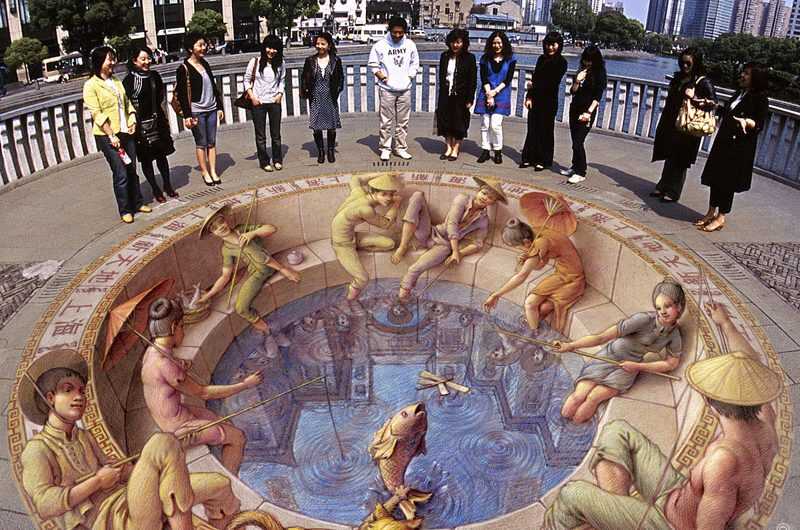Kurt Wenner attended Rhode Island School of Design and Art Center College of Design before working for NASA as an advanced scientific space illustrator. In 1982, Wenner left NASA for Italy to pursue his love of classical art.
My interest in Renaissance classicism started with the simple desire to draw well. I was struck by the vast difference between how students and teachers drew in the 20th Century and the way artists drew 500 years ago. It seemed to me that artists of the past had abilities far beyond those of today.
My curiosity about this discrepancy took me to Rome in order to seek out and master drawing and painting within the “language” of western classicism. During this time I isolated myself from 20th century art in order to explore the ideals and concepts practiced in earlier centuries.
It has since become an ongoing mission to rediscover classical traditions and communicate them to a contemporary audience. While based in Rome, Italy Wenner studied the works of the great masters and drew constantly from classical sculpture.
The drawings he made brought him in touch with the language of form in Western figurative art and provided him with the neoclassical training necessary for the style he was pursuing. Through his studies he became particularly interested in the Mannerist period; finding in the monumental scale and sophisticated decoration a direction for his own artistic expression.

View Kurt Wenner Chalk Paintings
For several years Wenner traveled extensively in order to experience firsthand most of the major masterpieces and monuments throughout Europe. During these first years abroad he experimented with traditional paint media such as tempera, fresco, and oil paint. In order to finance his travels and studies he became a madonnaro and created chalk paintings on the streets of Rome. Within several years he won numerous gold medals at European competitions and become officially recognized as a master of this art form. In 1985 his work was the subject of National Geographic’s award-winning documentary Masterpieces in Chalk.
I am continually challenged to rediscover, transform, and share neglected ideas of the past. When creating a large work at a public event I am able to evaluate the reactions of large and diverse audiences. This information has provided me with invaluable lessons in human perception.
While lecturing on my work or other art-related topics to professional and amateur artists, as well as art educators, I have had the opportunity to engage a vast number of people in a dialogue that has shown me that while my ideas about art, education, and classics are often markedly different from established views they are nevertheless welcome.
I believe that while the patrimony of great masterpieces from the classical tradition belongs to history, the artistic process it proposes is eternal.Eventually, Wenner’s knowledge of Renaissance classicism provided a foundation for his own art, as well as material for numerous lectures and workshops given throughout the US.